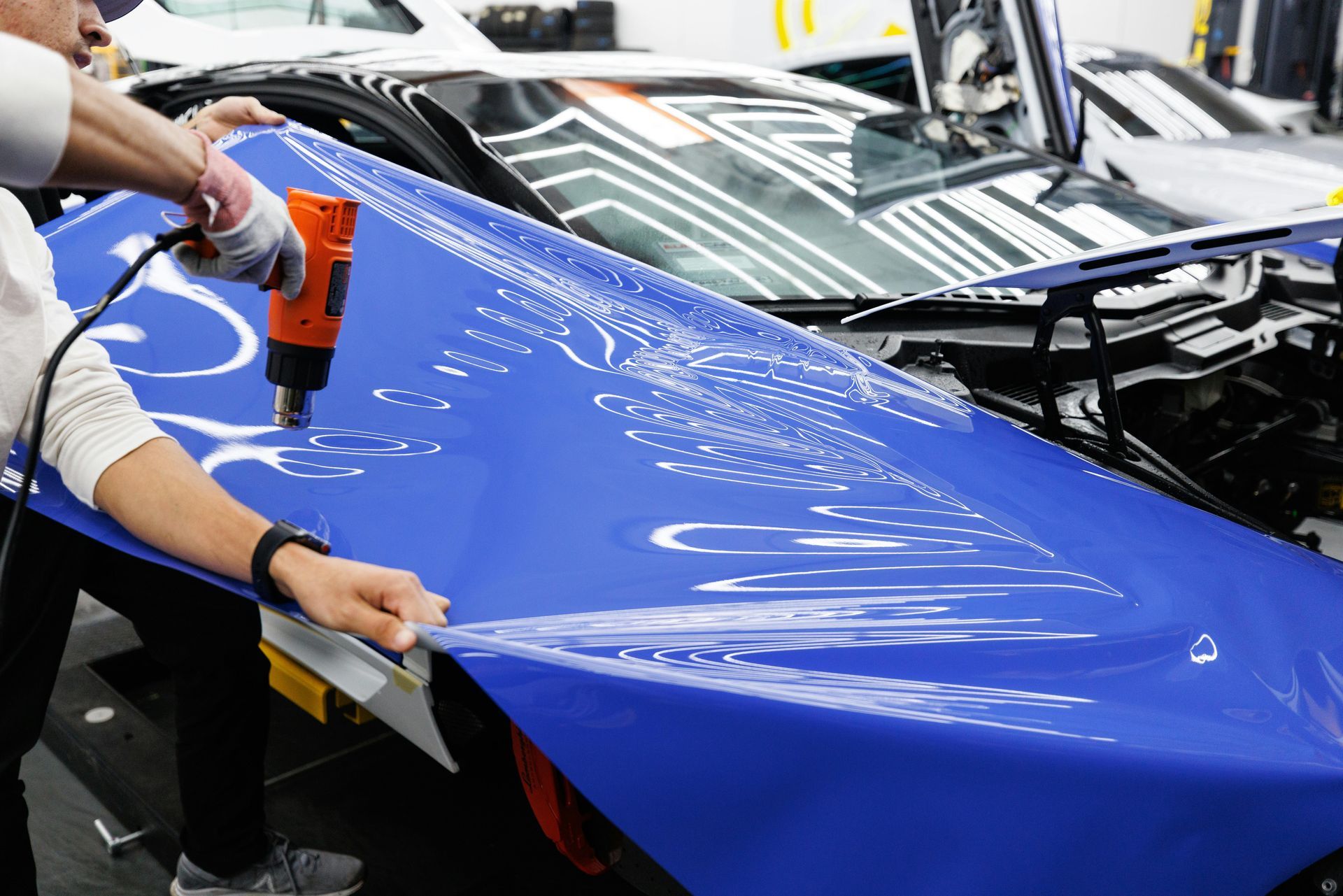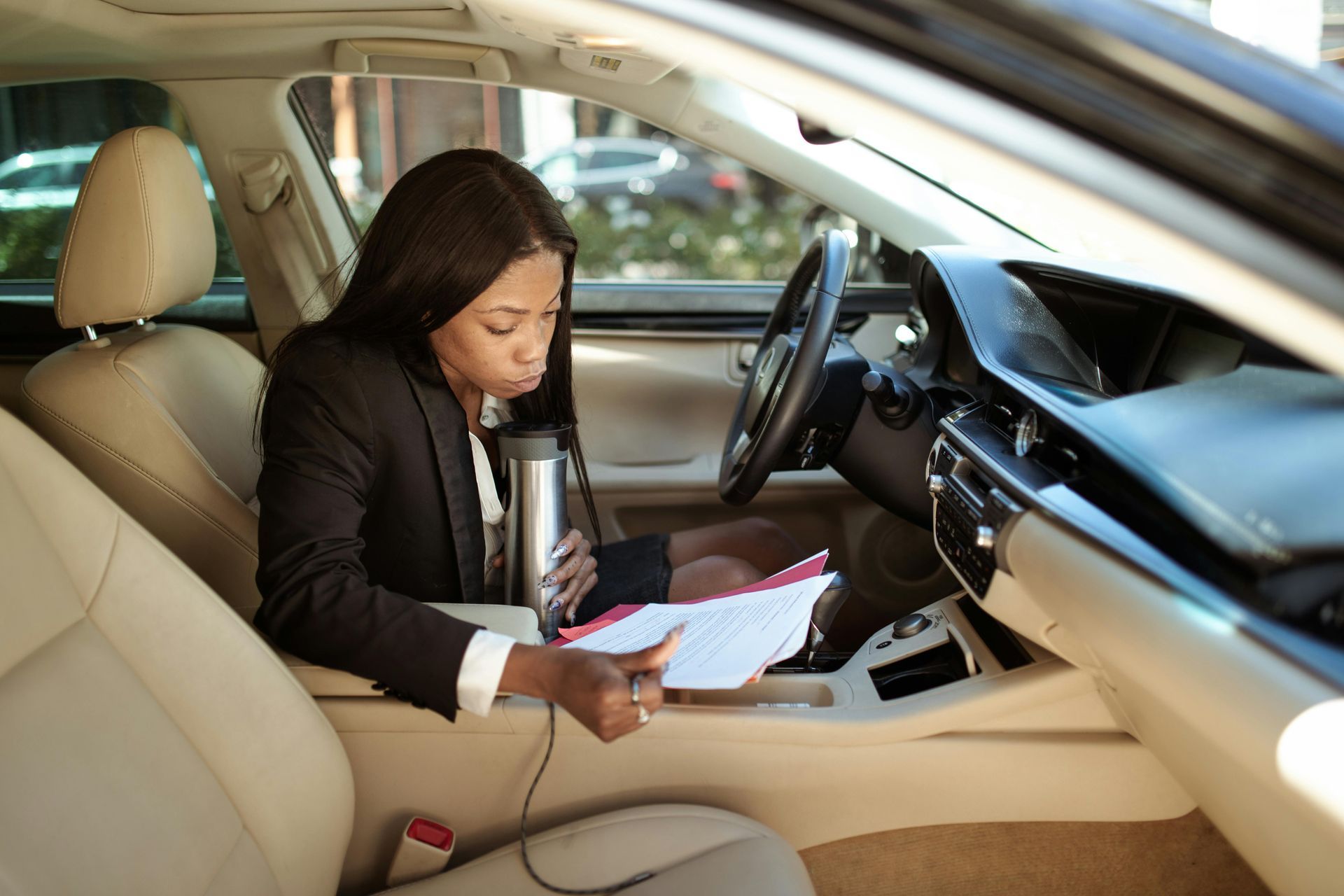4 Steps to Take If Your Car Is Flooded
June 26, 2023
Swift Actions to Salvage a Flood-Damaged Car
Floods may be catastrophic in many ways, including the destruction of property and the loss of valuable goods. Furthermore, flooded automobiles may hold water and sustain damage as a result, leaving owners despondent at the loss of such a major investment. Fortunately, there are things you may take immediately following a flood to help prevent more damage. This blog will explain what to do if your automobile has been flooded or has water damage.
What to do if your car is flooded:
Flooding may do substantial, long-term damage to your car, some of which may be invisible to the untrained eye or may not appear for months after the flood. The period immediately following your automobile being flooded is critical for minimizing further damage and maybe sparing your vehicle from significant repairs or being wrecked.
If your car was submerged or flooded, get it inspected and evaluated by a competent specialist. Vehicles with engine, gearbox, or electrical damage represent considerable risk and don't expect you'll be able to detect or solve the problems caused by flood damage unless you're a professional auto technician. Here are the actions you should follow until you can get your flooded vehicle serviced by a professional.
Do not start your vehicle
Even if your automobile was only slightly underwater, starting it might result in significant damage. If your automobile is flooded, starting it will force water through the engine, rendering it useless. Attempting to drive a flooded vehicle is the worst thing you can do. If it needs to be transported, hire a professional vehicle transporter to tow or ship it.
Tip: Take note of the water line on your automobile to see how deep it was submerged. This might assist you in determining the amount of the damage. If the water does not rise over the doors, the damage should be limited. If the automobile was immersed past the dashboard, the damage would be substantially worse and it may be declared wrecked by your insurance carrier.
Take out the water
Follow these measures to eliminate water as quickly as possible. Standing water and excessive moisture in your vehicle may quickly cause corrosion and mold, resulting in irreparable damage.
- Use a wet vac to remove standing water
- Soak up moisture on seats and floor with towels
- Use fans or dehumidifiers to help with drying
- Take floor mats, seats, and cushions outside to dry if possible
Examine the fluids
Examine your oil, gasoline, and other fluids. If you see that water has gotten into the mix, you should completely drain and replenish the fluids. Do not start your automobile until you have contacted a technician. In this instance, you should have a mechanic come to your location or have your automobile towed or delivered to them.
Check the interior
Water damage may impact almost every component of your car, and many electronic components and accessories are especially prone to excessive moisture. Test your lights, audio, windows, turn signals, locks, and everything else that runs on battery or electric power. Pay particular attention to how your brakes, steering, clutch, and other mechanical elements are operating. If something appears to be out of the usual or isn't working correctly, you should get it repaired by a professional.
Asking neighbors, friends, and relatives whether they have employed someone in the past who they would recommend may be a valuable strategy for locating an experienced inspector. If this effort fails, go online for inspectors in your area—but don't just pick the cheapest option. Examine customer evaluations and make sure the firm or individual has the necessary licenses and qualifications.
Vehicle damage caused by flooding
When a car, truck, van, or other personal vehicle gets flooded, it can sustain a variety of aesthetic and technical damage, including:
- Exterior color fading and/or rusting
- Mold growth inside around seats and other soft areas
- Mud accumulation in footwells
- Water contamination of spark plugs, wires, and other electrical parts
- Strong, musty odor coming from the interior
- Deterioration of the engine
When not addressed appropriately, these consequences can be harmful and intensify over time. They can potentially endanger you and anyone who drives or ride in your vehicle.
Options for repairing a flood-damaged automobile
Consider your alternatives based on the nature and amount of the damage. Cosmetic faults are typically simple and inexpensive to remedy, however electrical or engine difficulties are much more comprehensive and costly. Almost any damage to your car may be repaired; it's up to you to decide if the cost is worth it.
If the damage is small, you can take the car to a mechanic to be fixed. Examine your insurance coverage to see how much of a repair will be reimbursed. More serious damage without insurance may result in a bill in the hundreds or even tens of thousands of dollars to repair, so it may be time to sell the damaged vehicle for parts and buy a new or used automobile. If you decide to sell your automobile to a salvage yard, keep the following guidelines in mind:
- Since the car is damaged, you will likely sell it for significantly less than you originally paid for it.
- You will need the vehicle’s title to sell it to the salvage company and some businesses may also require your driver’s license or other documents.
- Some companies will offer more for your car if you take it apart yourself. We do not recommend doing so unless you are experienced working with automobiles.
- If after inspection you are told not to drive the car, take that order seriously and arrange a tow or auto transporter to bring it to the salvage yard.
- Remove all personal items and any add-ons or accessories you’d like to keep (e.g., GPS, stereo system, or license plates) before handing the vehicle off.
Flood-damaged vehicle FAQs:
Is it possible to repair a flooded car?
A damaged automobile can be fixed depending on the degree of the water and how fast you act. Remove any water from the vehicle as quickly as possible, don't start the engine, and have a competent technician inspect the damage.
How long can a waterlogged automobile be driven?
A flooded automobile can live for many years if it is thoroughly inspected and carefully fixed by a specialist. A flooded automobile may only survive a few months or weeks if not addressed. A flooded automobile may be restored to like-new condition with a lot of labor.
Is an automobile destroyed if it sinks?
If your automobile is completely buried underwater, it will need costly repairs and upkeep, but it is not necessarily wrecked. Repairing a submerged automobile will need extracting the water from the engine, and replacing all fluids, and most, if not all, electrical components. You should also keep an eye out for rust and corrosion, which can take months to appear—they might go undiscovered for lengthy periods and create significant issues later.
Safely move your flooded vehicle
If your vehicle suffers water damage, you should get it fixed by a professional. Because the first rule of a flood-damaged vehicle is not to start the engine, you may require assistance transferring your vehicle to a repair shop. Budget Auto Transporter transports automobiles, trucks, motorcycles, and specialized vehicles such as RVs, ATVs, UTVs, and golf carts. Our countrywide carrier network has the equipment and knowledge to transport automobiles anywhere in the United States, even if they are inoperable.
Budget Auto Transporter can transport your vehicle securely and effectively. Get started with a free quick quotation
or call 844-436-6700
to talk with one of our auto shipping experts.














